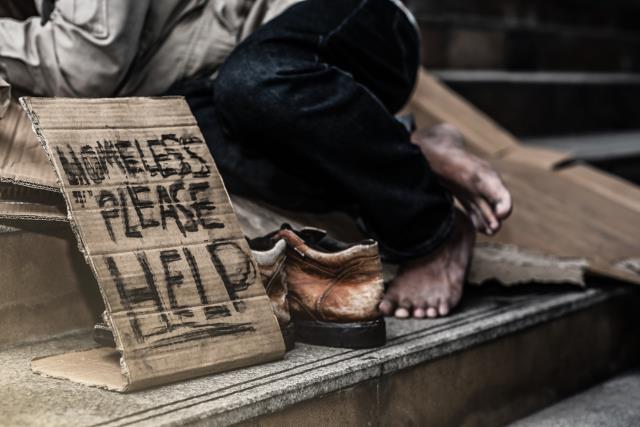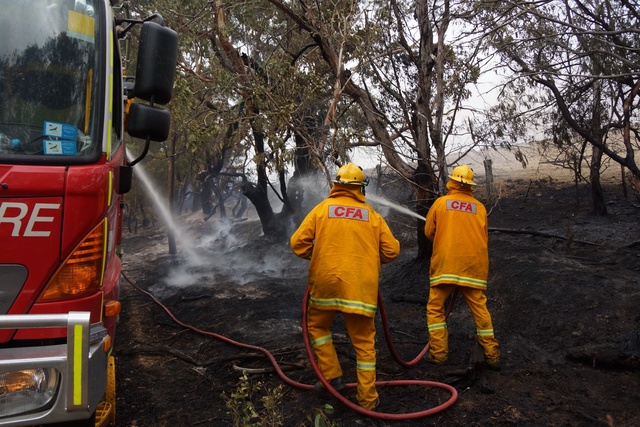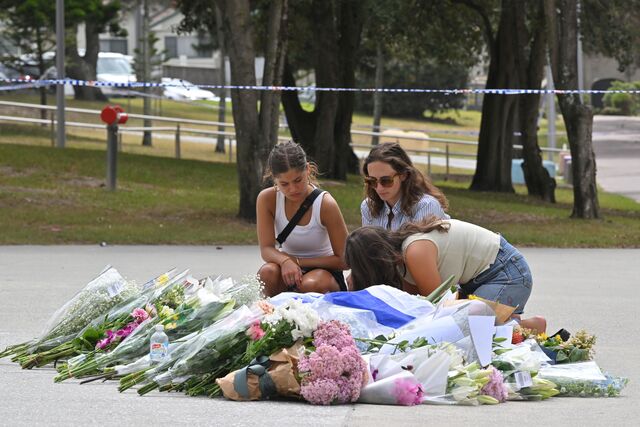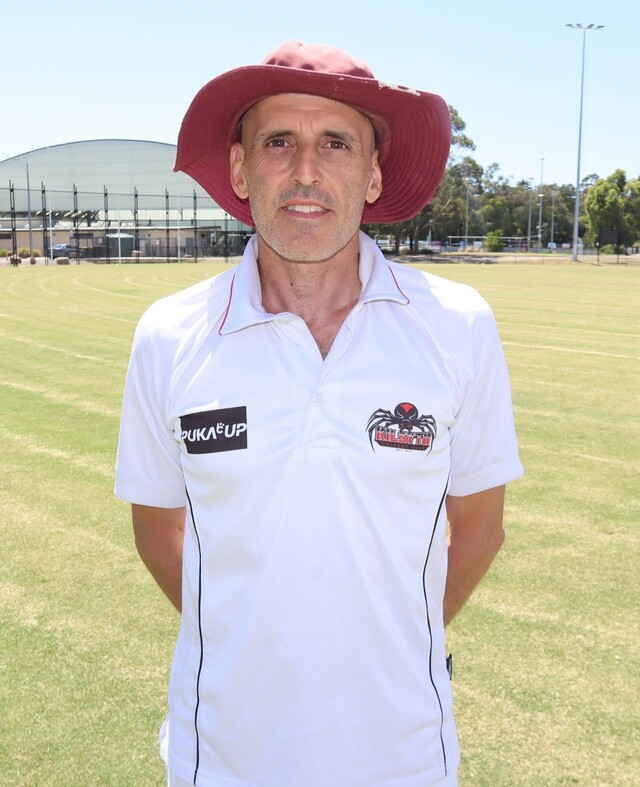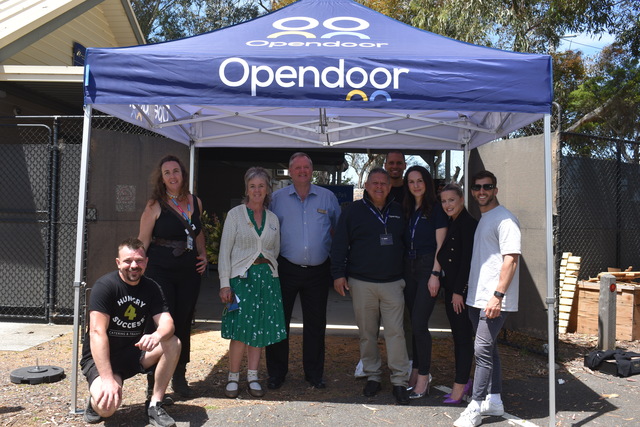The most up to date snapshot of homelessness in Australia was released on Wednesday 22 March, as the 2021 Census data showed just how many people were living without a home during that year.
Across Australia the data found over 122,000 people were homeless at the time of the 2021 Australian Bureau of Statistics (ABS) Census, a 5.2 per cent increase on 2016.
In Victoria, the figure of people living without a permanent home increased by 24 per cent to 30,660.
For Yarra Ranges homelessness service Anchor the Census data outlines just how quickly homelessness is growing in the state and the gap in services across the region.
Anchor CEO Heidi Tucker said she hopes this recent data release gives all three levels of government the push needed to improve housing and services offered.
“The Outer-East is underserved when it comes to building more social housing, as well as for people’s access to support services such as healthcare and mental health,” she said.
“There is no emergency accommodation other than hotels/motels, there is no youth refuge further out than Ringwood.
“Housing is the first critical step in creating stability in people’s lives before they can address any of their other needs like health, education, and employment.”
Ms Tucker said the data has confirmed what Anchor was already seeing as a support service; the cohort of vulnerable people continues to increase and they are being hit the hardest.
“The rise in homelessness rates will be made far worse by recent inflation costs. You’ve got a situation where buying a house is out of reach for most people, rental affordability and access is strained, the cost of food, petrol and bills are skyrocketing, and wages are remaining flat,” she said.
“Housing needs to be seen as important as road and rail projects. It is a key infrastructure that impacts the economy – if people don’t have adequate housing, their ability to access employment or education also disappears. Their ability to access support gets diminished and they end up requiring crisis support.”
Across the sector, homelessness organisations are calling for the government – local, state and federal – to act in response to these new figures.
Council to Homeless Persons CEO Deborah Di Natale said the recent data showed the “true state” of homelessness in Victoria, which was at “alarming levels” and the situation required an immediate response.
“This alarming surge in homelessness must be the catalyst for the State Government to act urgently by continuing to invest – and there are solutions,” Ms Di Natale said.
“These grim numbers show exactly why the Victorian Government must fund highly successful programs like From Homelessness to a Home, which provides stable housing and support for people who are sleeping rough.”
The Community Housing Industry Association Victoria (CHIA Vic) echoed Ms Di Natale’s calls on the State government, suggesting it was why more funding for social housing was needed.
“There’s not much more important in life than having a safe home yet close to 31,000 people in Victoria have been living without one,” CHIA Vic acting CEO Jason Perdriau said.
“These figures prove how vital it is for our state to continue building more social and affordable homes.”
The Victorian data showed around 1,991 children under the age of 12 were living in supported accommodation for the homeless, with another 1,631 living in crowded dwellings.
“Youth homelessness is also a concern. A young person or child will have life-long impact and trauma from experiencing homelessness,” Anchor CEO Ms Tucker said.
“We want to see that they receive extra support to ensure their wellbeing and get them back on track.”
“As one of the world’s wealthiest nations it is inconceivable that children are sleeping rough. We can and must do better,” Homelessness Australia CEO Kate Colvin said.
The face of how people experienced homelessness may have been influenced by the response to the Covid-19 pandemic according to ABS head of homelessness statistics Georgia Chapman.
“During the 2021 Census, we saw fewer people ‘sleeping rough’ in improvised dwellings, tents or sleeping out, and fewer people living in ‘severely’ crowded dwellings and staying temporarily with other households,” she said.
“However, we saw more people living in supported accommodation for the homeless, boarding houses and other temporary lodgings, such as a hotel or motel.”
Across Australia, women experiencing homelessness increased by 10.1 per cent to 53,974. Women and children combined accounted for 56 per cent of the total number of people without a home.
In Victoria, 12,989 women were said to be homeless in 2021.
“These statistics are alarming but they need to do more than shock. They need to galvanise action,” Ms Colvin said.
Moving forward, Ms Colvin said the response needs to be a three pronged approach.
“Starting with providing people with the homelessness support they need to have a genuine path out of homelessness,” she said.
“People also need adequate income to pay for rising rents. Current levels of income support payments such as Commonwealth Rent Assistance are woefully inadequate.
“An ongoing commitment to expand social housing by at least 25,000 homes a year would also provide more people on low and modest incomes with the stable, secure housing they need.”
Aiding the ongoing support of people who are experiencing homelessness, the Federal government has recommitted to $67.5 million in funding for the sector’s Equal Remuneration Order (ERO) supplementation which was meant to cease in June.
“The continuation of this federal funding means $23.5 million will go towards Victorian homelessness workers’ wages,” Ms Di Natale said.
“That’s absolutely crucial funding at a time when official Census data shows homelessness in Victoria rose 24 per cent over the past five years.”

